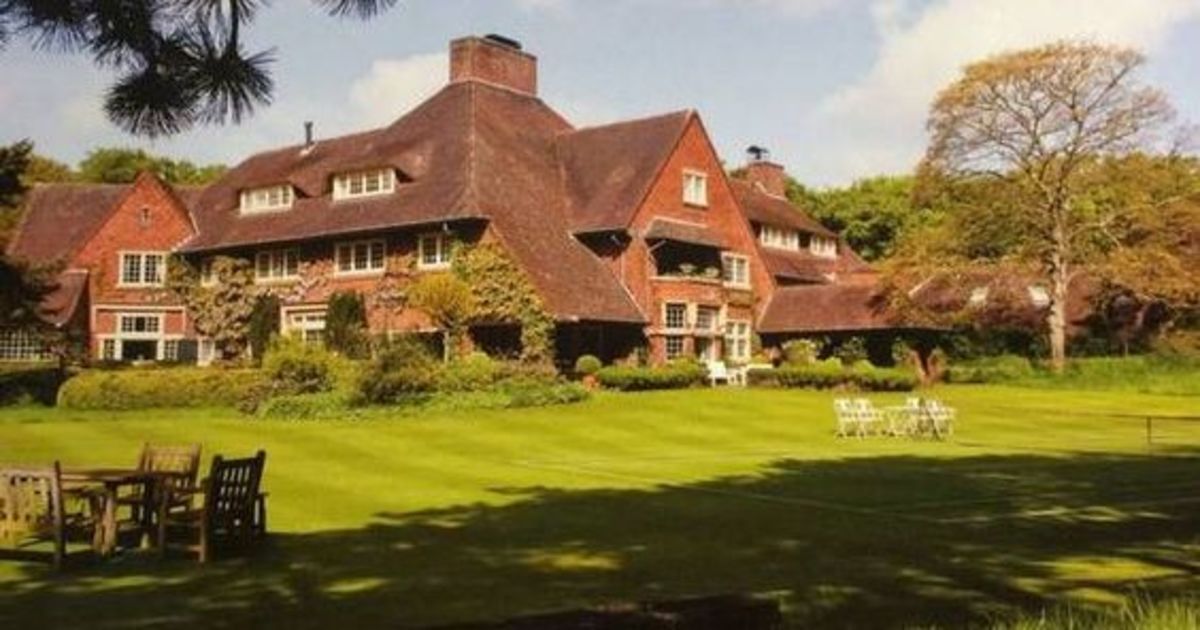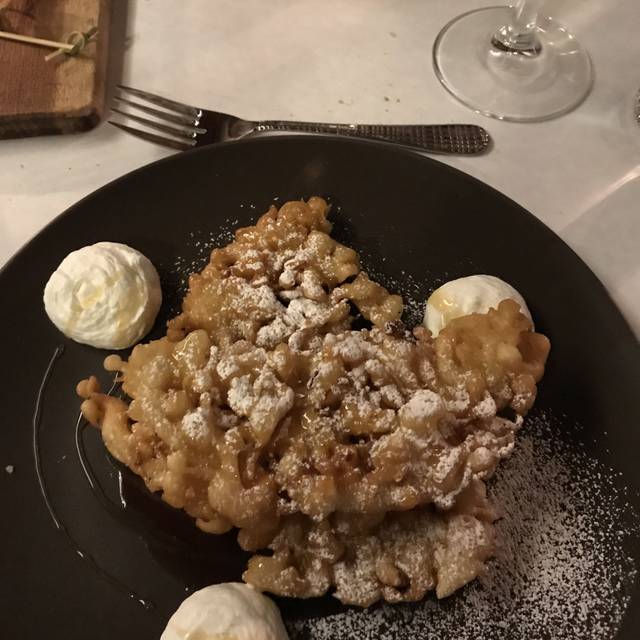Table Of Content
His son Christiaan ("Kik") died sometime in April 1945, at 25. Corrie ten Boom survived Ravensbrück and returned to Haarlem and the watch shop. She wrote several books about her experiences, and this museum opened on her birthday in 1988. During the war, the Beje house became a refuge for Jews, students, and intellectuals.
Visiting the Corrie Ten Boom house, Haarlem and learning about World War Two
On February 28, 1944, the Ten Boom family was betrayed and the Sicherheitsdienst (Security Service) of the Nazis raided their home. That day, more than 30 people were arrested, among whom were father Casper and Betsie and Corrie, his two daughters that were living at home. Safely hidden behind a false wall in Corrie's bedroom were two Jewish men, two Jewish women and two members of the Dutch underground. The four Jews were taken to new 'safe houses', and three survived the war. One of the underground workers was killed during the war years, but the other survived.
How Corrie ten Boom Survived The Nazi Camps
Their family held weekly prayer service, open to all who wished to participate for over 100 years. This dedicated family welcomed anyone into their home who wished to pray, no matter what their religion was. The persecution of the Jewish people had started in Holland, and the need for a safe place became increasingly vital. And sadly so since Corrie’s story is so moving and inspirational. My wish is for more people from around the world to discover her story, read up on it and visit the museum in Haarlem, the Netherlands. This only leads to confusion and diverts the attention of the other visitors.
Corrie ten Boom HouseMore than a museum
First, we sat in the ten Boom living room (the original room, but not the original furnishings, which were lost during the war). The walls were littered with photographs, which were highlighted as we were briefed (in English) on the ten Boom family history. Corrie’s father Casper and sister Betsie both died in a concentration camp.
information for visitors
During the Second World War the house naturally became a hiding place and a refuge for Jews. Corrie became the ringleader of these activities and if she couldn’t hide people herself because of space issues in the house, she would seek out other safe houses for them. In fact, it is said that the ten Boom’s saved around 800 Jews during the war. Unfortunately the family was found out and they were all imprisoned. The police never found those in hiding and they were luckily rescued by the resistance later on.

Frans Hals Museum HAL (Grote Markt
In 1944 the family was betrayed and sent to concentration camps, where three died. Reserve hour-long tours (English available) at least five days ahead. Casper ten Boom, the father, died on March 9, 1944, less than two weeks later, in Scheveningen prison, at 84. Betsie ten Boom died on December 16 in Ravensbrück concentration camp, at 59.
Visiting the ten Boom House brought history to life
View 360 degrees around you at 19 locations, while the digital guide tells the story of Corrie. Various objects can be enlarged, whereby extra information is visible.

And as conditions in the Netherlands grew more dangerous, the family even built a secret room in Corrie ten Boom’s bedroom. Once the war ended, she set up a rehabilitation clinic for Holocaust survivors, preached the power of forgiveness, and wrote books about her experience. I don't know that I will ever understand why they were betrayed, or that God didn't warn the family that was so dedicated to him and to doing good. Below is the fake wall behind which the Jews were hidden.
The Nazis Come To The Netherlands
'The Watchmaker's Daughter' Review: Surviving on Faith - The Wall Street Journal
'The Watchmaker's Daughter' Review: Surviving on Faith.
Posted: Wed, 03 May 2023 07:00:00 GMT [source]
In addition, we would also like to offer a sufficient number of places to both our Dutch-, German- and English-speaking visitors on our tours. For these reasons we do not want English-speaking visitors on a Dutch or German tour or Dutch-speaking visitors on an English tour. Hence, reservations made by English-speaking or German-speaking visitors on a Dutch tour, or by Dutch-speaking visitors on a English tour will be cancelled. Due to growing popularity, we advise people to book month (3 or 4) in advance. To make a reservation, select a day, choose a time (English spoken tour) and fill in the form.
Led by several generations of good examples, Corrie Ten Boom took the baton of the family with her faith in God and became the leader for the Dutch Underground in Haarlem. The ten Boom’s were devoted Christians who had an open house. They received many travellers and people seeking refuge over the years.
Visitors can see the hiding place, family photographs and objects from the Second World War. The entire upper floor has been made into an exhibition hall. The history of the Ten Boom family testifies of their love for and commitment to the Jewish people. The museum wants to be an 'open home', as a living memorial to this family who lived as Christians through their obedience to God and experienced His grace every day. Those who were taking refuge in the home were able to escape, and three of the four Jewish members in the home at that time survived the war. One even came back to the Hiding Place, unknown to the Museum staff, to face the harrowing two days of being trapped in The Hiding Place while the Gestapo combed through the Ten Boom home.
Part of the house is decorated as it was decorated in the past. Among other things, visitors can see the shelter, a small space behind a false wall in the bedroom of Corrie ten Boom. Find out more about the Corrie ten Boom house here (visits are free and are in small groups of twenty people – see the notice on the door for times). And read more about our travels in the Netherlands with kids here. At the time of the capture of the Ten Boom home, two Jewish men, two Jewish women, and two members of the Dutch underground were hidden behind the brick wall of the Hiding Place.
A small clerical error meant that Corrie’s number was called and she was released from Ravensbruck. Days later, all the women from the camp that were in Corrie’s age group were sent to the gas chambers. It started with one knock on the door, a man asking the ten Boom family for money to free his wife from prison for helping a Jew. From that moment onward, the ten Boom family became members of the Dutch resistance. Missionary biographies seem like a specific genre, and they are!
After World War II began, members of the ten Boom family became involved in resistance efforts. Various family members sheltered young men sought by the Nazis for forced labor and assisted Jews in contacting persons willing to hide them. Corrie became directly involved in these efforts when, along with her father and sister Betsie, she decided to hide Jews in the family home in Haarlem, the Netherlands. Using her job as a watchmaker in her father's shop as a cover, Corrie built contacts with resistance workers, who assisted her in procuring ration books and building a hiding place in the family home. After holding them briefly in the penitentiary in Scheveningen, a seaside town close to The Hague, the Gestapo released all but three of the ten Boom family members. Corrie ten Boom, her older sister Betsie, and her father Casper remained in prison.
That of the Corrie Ten Boom house and the amazing story of this remarkable woman. After reading about Corrie ten Boom, see why some people wonder if Hitler was Jewish. Or, learn about Irena Sendler, who saved 2,500 Jewish children during the Holocaust. “I was a guard in there.” He didn’t recognize his former prisoner. Although she remembered the trauma of her captivity, she gave forgiveness when he asked for it.
I’ve learned that reading other people’s stories charges me toward a bolder faith in Jesus Christ. On the second day the Dutch resistance managed to get two of their members into the house as police guards and help the hideaways escape. Made of brick to avoid detection, if the Nazis knocked it would still sound like an outer wall, the space inside could hide six people at a time. And people would come from all over Holland to have their watches repaired here in the early part of the twentieth century. Just off of the main square, down a lovely little Haarlem Street is one of the typical Dutch typical houses. Set above a watch maker’s shop which has been run by the ten Boom family for centuries.

No comments:
Post a Comment